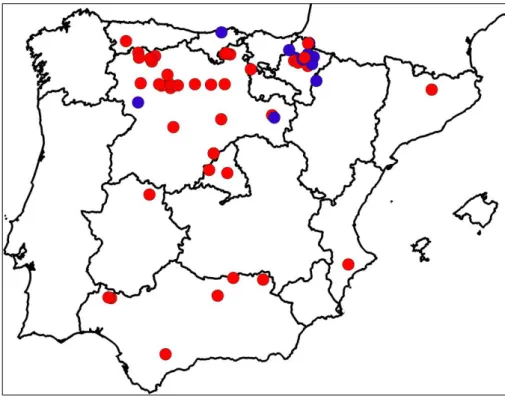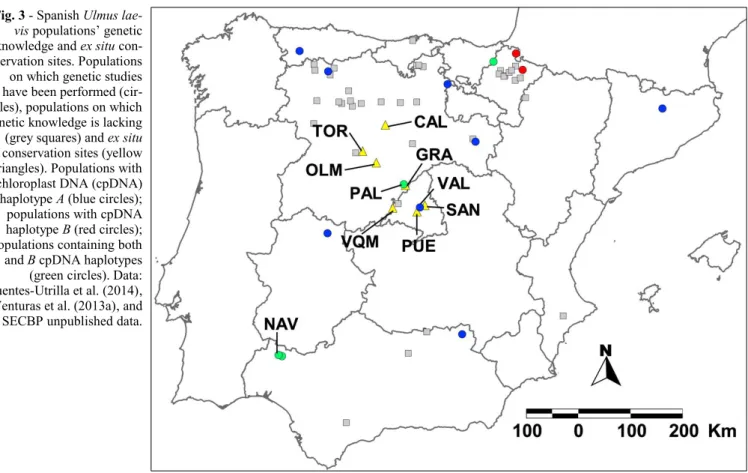Ulmus laevis in the Iberian Peninsula: a review of its ecology and conservation
Texto completo
Figure



Documento similar
They included 33 accessions from Portugal, 10 accessions from Spain (for a total of 43 accessions representing the diversity of Iberian Peninsula germplasm), and 53 accessions
In particular, 26 CGPS stations, covering the Spanish part of the Iberian Peninsula (22 stations) and Morocco (4 stations) was established in 2008 to complement other
transacting in weighed silver bullion was widespread (cf. This monetary use of silver bullion did not begin in the Iberian Peninsula during the years of the Second Punic War,
Log-ratio histograms comparing sheep/goat postcranial measurements from Late Roman Zornoztegi and other contemporary sites in the Iberian Peninsula. Only fused specimens are
We report the first growth and diet data for European catfish (Silurus glanis) in the Iberian Peninsula and compare three populations in the river Ebro corresponding to the oldest
De todos modos, gracias por tu amistad, gracias por tu confianza, gracias por tu apoyo, gracias por tu comprensión, gracias por tus ánimos y gracias por tu energía inagotable durante
The historical and instrumental series were integrated in the following stages: (1) indexation, to produce two ordi- nal index series that is assigned separately to the raw
fondo regional, por su propia naturaleza, tratan de colocarse alejadas de aportes cercanos que alteren la concentración y composición del fondo regional. El percentil 30 móvil de